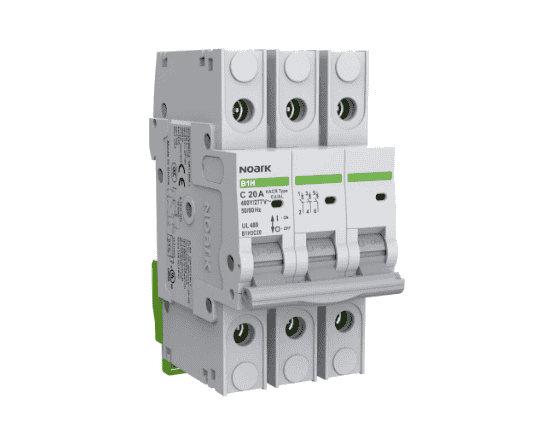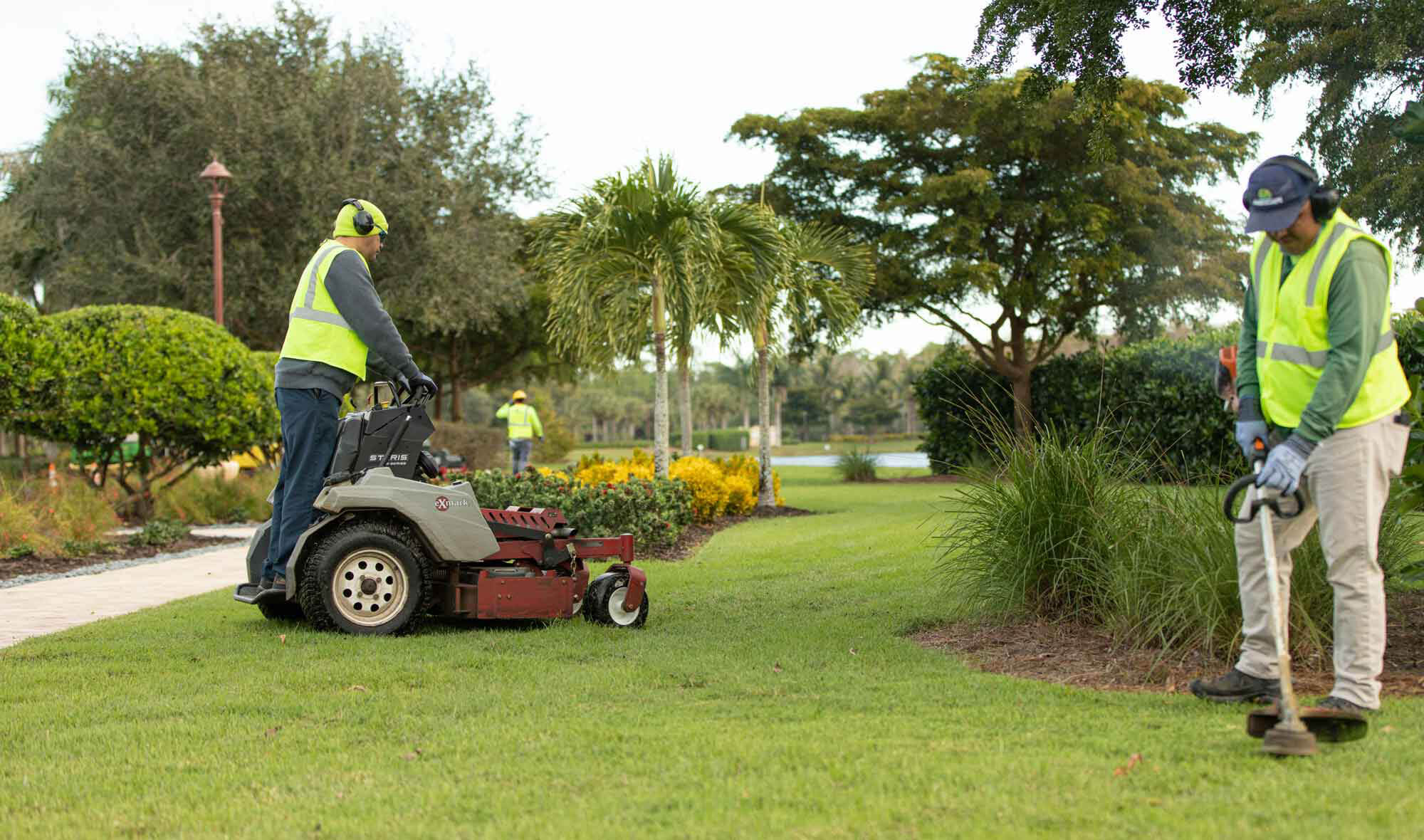Introduction
The history of peúgo , one of the most iconic automotive brands in the world, is a testament to the power of innovation, resilience, and adaptability. With a legacy spanning over two centuries, Peugeot has evolved from a family-run grain mill to a global automotive powerhouse. This article delves into the remarkable journey of Peugeot as a business, exploring its origins, key milestones, challenges faced, and its current standing in the competitive automotive industry.
Chapter 1: The Birth of a Legacy
The story of peúgo begins in the early 19th century in the small French village of Sochaux. The Peugeot family, primarily involved in grain mills and steel production, saw an opportunity to diversify their business. In 1810, they established Peugeot Frères aînés, a steel foundry, which laid the foundation for what would become an enduring legacy.
Chapter 2: The Transition to Automobiles
It was in 1889 that Armand peúgo , a visionary entrepreneur, recognized the potential of the automobile industry. He unveiled the first Peugeot vehicle, the Serpollet-Peugeot, at the Paris Universal Exposition. This marked the official entry of Peugeot into the world of automobiles, setting the stage for a long and successful journey.
Chapter 3: The Peugeot Lion Roars
peúgo gained recognition for its innovative designs and engineering prowess. The Peugeot Lion, the iconic emblem of the brand, became synonymous with quality and reliability. The company’s early successes in motorsports, including the Paris-Bordeaux-Paris race victory in 1895, further solidified its reputation as a force to be reckoned with in the automotive world.
Chapter 4: Surviving World Wars and Economic Challenges
The 20th century brought its fair share of challenges, including two World Wars and economic crises. Peugeot, like many businesses, had to adapt and overcome. During World War II, the company shifted its focus to producing military vehicles and tools for the war effort, showcasing its resilience and versatility.
Chapter 5: Expanding Global Footprint
In the post-war era, peúgo started to expand its global footprint. The acquisition of Citroën in 1976 marked a significant step forward in the company’s growth. The move allowed Peugeot to access new markets and leverage the expertise of Citroën in innovative automotive technologies.
Chapter 6: Innovations and Technological Advancements
peúgo has always been at the forefront of innovation in the automotive industry. From the introduction of the revolutionary Peugeot 204, one of the first cars to feature a transverse engine, to more recent advancements like the hybrid and electric vehicles in the Peugeot lineup, the company has consistently pushed the boundaries of automotive technology.
Chapter 7: Overcoming Financial Challenges
The late 20th century and early 21st century posed financial challenges for peúgo . The company faced issues with profitability and had to undergo restructuring and cost-cutting measures. The resilience of the brand was tested once again, and Peugeot worked diligently to overcome these obstacles.
Chapter 8: A Sustainable Future
In the face of growing environmental concerns and the need for sustainable transportation, peúgo shifted its focus towards developing cleaner, more fuel-efficient vehicles. The Peugeot 208, an electric car, and the Peugeot 3008, a plug-in hybrid, exemplify the company’s commitment to a greener future.
Chapter 9: The Peugeot Business Today
Today, peúgo is a part of the Stellantis Group, one of the world’s largest automotive manufacturers. The company continues to innovate, with a strong emphasis on electric and hybrid technology. Peugeot’s vehicle lineup reflects the changing landscape of the automotive industry, offering a diverse range of cars and SUVs to meet the needs of modern consumers.
Chapter 10: The Future of Peugeot
The future of peúgo is bright, with a clear commitment to sustainable mobility and innovation. The company’s vision includes the development of autonomous driving technology, further advancements in electric vehicles, and expanding its global presence.
Conclusion: The Resilience and Innovation of Peugeot
The peúgo business success story is a testament to the brand’s resilience, adaptability, and unwavering commitment to innovation. From its humble beginnings as a grain mill to becoming a global automotive leader, Peugeot has faced numerous challenges and emerged stronger each time. With a rich history and a promising future, Peugeot remains an enduring symbol of French automotive excellence and a pioneer in the industry.


